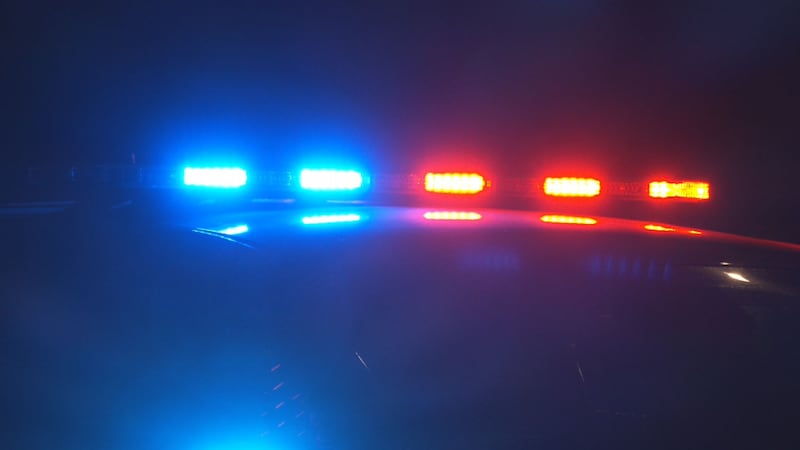WASHINGTON — Nationwide, there were 5,487 cases of missing Indigenous women and girls reported missing in 2024.
That number is just reported cases and is likely much higher. Today, May 5, marks Missing & Murdered Indigenous Women Day.
Washington state launched its Missing Indigenous Person Alert (MIPA) system in July of 2022. It adds a specific designation to missing people alerts, like an AMBER Alert (missing children), SILVER Alert (missing seniors) and Endangered Missing Person Alert (missing vulnerable adults).
This alert system was the first of its kind in Washington state.
According to Washington State Patrol (WSP), since the MIPA was introduced, WSP has issued 154 at the request of law enforcement agencies. Of those 154, five people were found dead and 139 were located alive.
It should be noted that since MIPA is such a new alert, it’s hard to put that statistic into perspective for 2025 since it wasn’t a number that was always tracked officially, WSP said in an email to KIRO 7.
“The best thing to come from the MIPA has been the awareness it has brought to this situation,” said Mary Jo Margeson, the program manager for the Missing and Unidentified Persons Unit with WSP.
What is MIPA
Not every missing person qualifies for the various missing persons alerts.
In 2022, WSP’s website indicated that a MIPA was issued if the person “is missing due to unexplained, involuntary, or suspicious circumstances and/or is believed to be in danger because of age, health, adverse weather, or other circumstances and is believed to be unable to return to safety without assistance.
However, Margeson clarified to KIRO 7 that when the law passed, the Legislature determined that being Indigenous is itself an endangerment factor. There is no additional endangerment required to be eligible for a MIPA, Margeson clarified.
These alerts try to have enough descriptive information “that could reasonably assist with the safe recovery of the person such as: photos, height, weight, age, hair color, distinguishing physical characteristics, clothing, etc.”
They need to be reported missing to law enforcement.
If there is a vehicle associated with the disappearance, the information on make, model, color, license plate number, etc., will allow the Washington State Department of Transportation (WSDOT) to post the information on electronic signs along highways.
Once an MIPA is activated, all Washington law enforcement will be notified of the missing person. News outlets are notified and can disseminate the information, too.
Why the designation?
Both federal and tribal statistics found that Indigenous women are two times more likely to be raped and three times more likely to be murdered compared to Caucasian woman.
The National Criminal Justice Training Center found that Indigenous women are 10 times more likely to be murdered than all other ethnicities.
On top of those statistics, there have historically been obstacles in the way of getting justice for this group of people. There are frequently issues of jurisdiction involving tribal land and municipal locations, and oftentimes, crimes against these women are not prosecuted for one reason or another.
Another challenge, according to the Urban Indian Health Institute, a division of the Seattle Indian Health Board, is lack of records/access to records and racial misclassification regarding missing Indigenous women.
“Though there are critical issues regarding jurisdiction of MMIWG cases on reservation and village lands, lack of prosecution, lack of proper data collection, prejudice, and institutional racism are factors that also occur in urban areas,” according to a 2018 report from the UIHI.
That same report also found that Seattle had the highest number of missing and murdered indigenous women and girls cases of 71 cities studied across the U.S.
You can find a list of all reported missing Indigenous people in Washington state here.
In the 2023 legislative session, the Washington Legislature extended the work of the Washington State Missing and Murdered Indigenous Women and People Task Force after it was established in 2021.
The Task Force aims to address issues like collecting data, law enforcement training, and executing actionable changes.
A final report is due by June 1, 2025.
©2025 Cox Media Group






